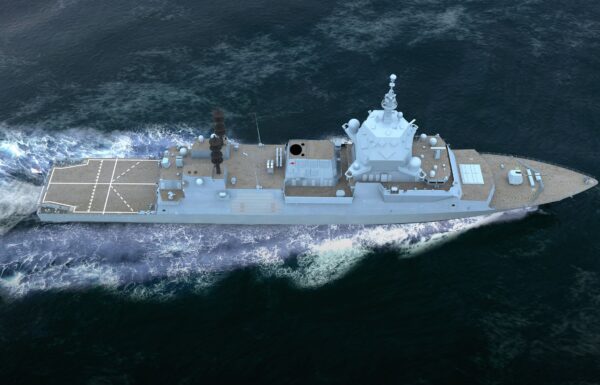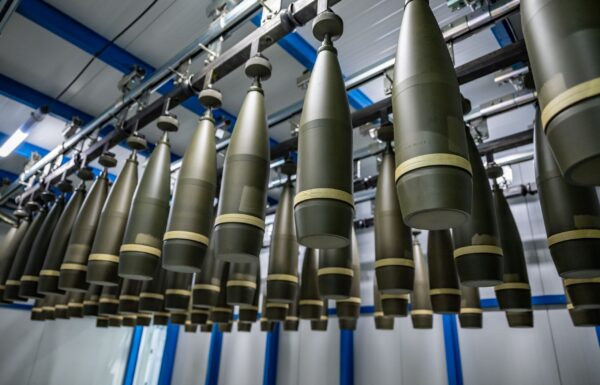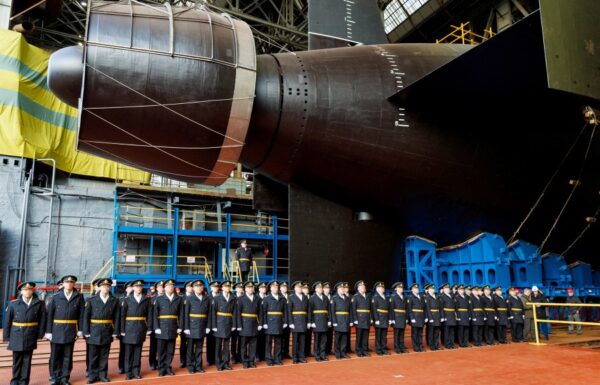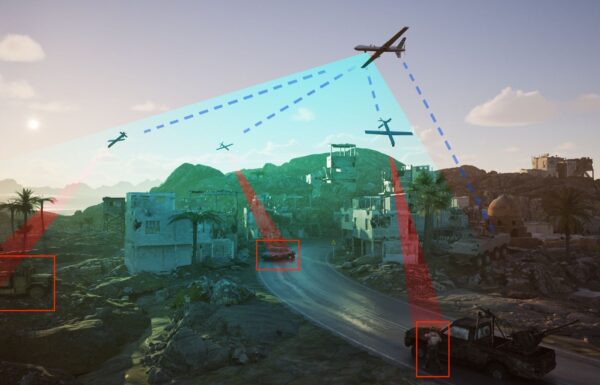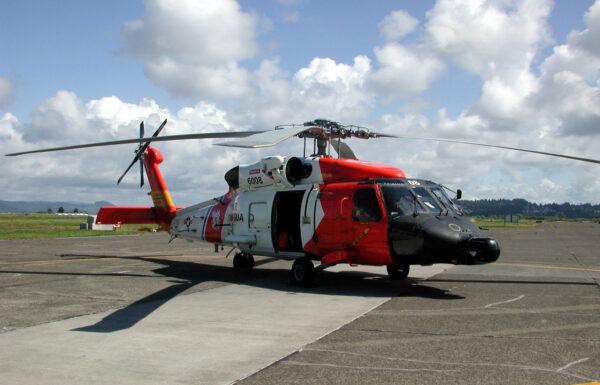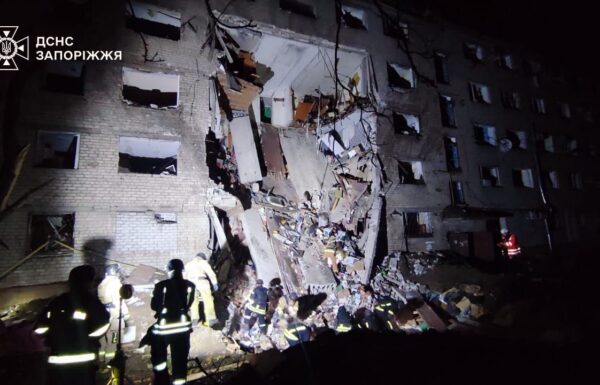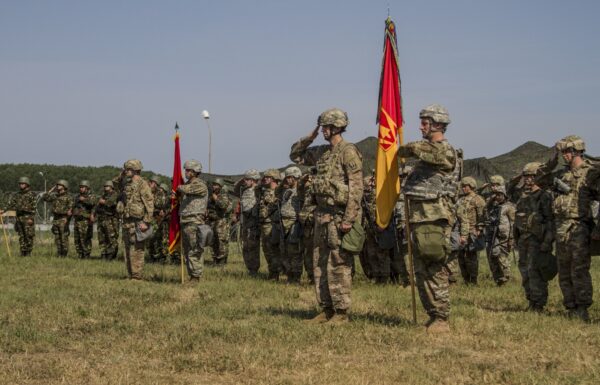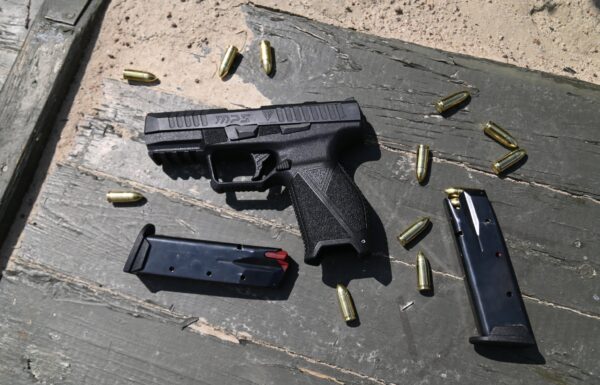On Thursday, September 25, 2025, the Turkish Ministry of Defense in Ankara held its weekly press briefing summarizing the activities of the armed forces in recent days. The ministry’s spokesperson, press and public relations advisor Rear Adm. Zeki Aktürk, revealed that, as part of NATO allied support, a Boeing E-7T Peace Eagle airborne early warning and control aircraft was temporarily deployed to Lithuania.
 Boeing E-7T Peace Eagle / Photo: T.C. Millî Savunma Bakanlığı via Facebook
Boeing E-7T Peace Eagle / Photo: T.C. Millî Savunma Bakanlığı via Facebook
“As part of NATO assurance measures, our airborne early warning and control (AEW&C) aircraft will operate in Lithuanian airspace between September 22 and 25,” said Rear Adm. Zeki Aktürk.
No further details were provided, but the deployment followed a series of incidents caused by Russia in Central Europe and the Baltic Sea region, including the intrusion of 19–23 Russian drones into Poland (September 10) and the violation of Romanian airspace (September 13). These incidents triggered the announcement of Operation Eastern Sentry and the deployment of forces and assets to Poland by France, Sweden, the United Kingdom, Germany, Denmark, the Czech Republic, and the Netherlands. Subsequent violations included Estonian airspace (September 19) and the launch of the Polish-Swedish Gotland Sentry exercise. In recent days, unidentified drones forced the temporary closure of airports in Norway and Denmark, with the latter’s authorities explicitly describing the events as an unprecedented attempt to interfere with the country’s strategic infrastructure.
Meanwhile, some NATO members (Poland, Estonia, and the United States) have stated that any further Russian aircraft violating Alliance airspace should be shot down (NATO Secretary General Mark Rutte said the Alliance is ready to respond). France, however, considers such actions deliberate provocations. It is worth recalling that on November 24, 2015, a Turkish F-16 shot down a Russian Su-24M tactical bomber that violated Turkish airspace from Syria. Later, President Recep Tayyip Erdoğan apologized to Vladimir Putin for the incident.
Regarding the E-7T Peace Eagle, the Turkish Air Force (Türk Hava Kuvvetleri), under the Airborne Early Warning and Control Group Command, operates four aircraft named Kuzey (North), Güney (South), Doğu (East), and Batı (West), delivered between February 2014 and December 2015.
Local companies provided key systems: TUSAŞ/TAI (Turkish Aerospace Industries) acted as the principal subcontractor, responsible for parts production, testing, assembly, and aircraft conversion, while HAVELSAN supplied ground support elements, systems analysis, and software support (electronic warfare equipment was provided by Israeli industry under U.S. pressure).
At the IDEF 2023 defense fair, a contract was signed to modernize the aircraft, under which they will receive a new Mode 5 Identification Friend or Foe (IFF) transponder, a Karetta CRPA antenna, and mission computer equipment developed by Aselsan.
It is also worth noting that on July 30 of this year, an Australian E-7A Wedgetail (one of six in service) was deployed to Poland as part of allied support.
Aircraft of this type also serve in the South Korean Air Force (four units known as the B-737 Peace Eye; approval was granted for four more). They will soon be joined by the United Kingdom (five aircraft, designated Wedgetail AEW1) and NATO under the Alliance Future Surveillance and Control (AFSC) program, which will initially include six aircraft (although they are intended to replace 14 E-3A Sentry AWACS). The United States is likely to abandon its planned acquisition of 26 aircraft.
The E-7A, essentially a Boeing 737 AEW&C configured similarly to the 737-700ER, is equipped with a Multi-role Electronically Scanned Array (MESA) radar operating in the L-band. It can detect targets up to 600 km away (at high altitude) and up to 370 km away (low-flying, harder-to-detect aircraft). It can track up to 180 targets simultaneously while directing intercept missions against 24 of them. The radar can also detect naval targets, such as a missile frigate, from over 240 km away. In electronic intelligence (ELINT) mode, the E-7A has an effective range of more than 850 km when operating at an altitude of 9,000 meters. Northrop Grumman designed the radar.


